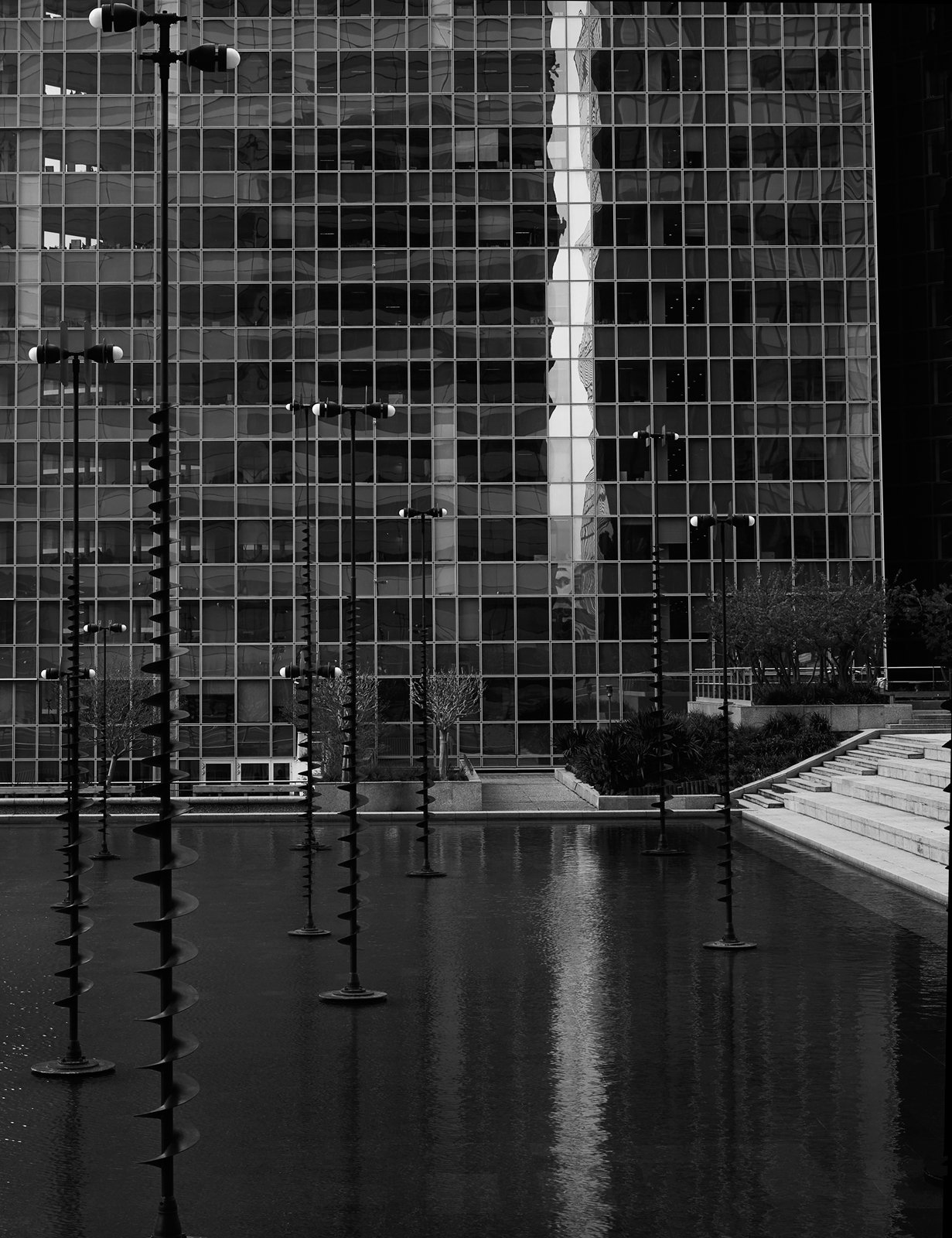La Défense
La Défense is the largest purpose-built business district in Europe. By studying its history, we can learn more about how to plan cities in the future.
Category: Art&Architecture
Location: Paris, France
The Eiffel Tower is a symbol of the optimism tied to industrial progression.
The tower looms over the city of Paris, pointing to the sky, as if to say that a new world is possible.
When it was first proposed, several of the country’s most influential artists and writers protested, some even writing a joint public letter, in which they, defenders of “the beauty of Paris that was until now intact”, protested that, “in the name of the underestimated taste of the French, in the name of French art and history under threat, against the erection in the very heart of our capital, of the useless and monstrous Eiffel Tower, which popular ill feeling, so often an arbiter of good sense and justice, has already christened the Tower of Babel. Will the city of Paris continue to associate itself with the baroque and mercantile fancies of a builder of machines thereby making itself irreparably ugly and bringing dishonour to itself?”
The tower is today synonymous with the city of Paris, and is often even used as a shorthand for the French capital.
But the protests brought attention to the fact that what made Paris attractive was its classic boulevards and traditional architecture, where buildings (since the Haussmann-redesign during the mid-19th century) were not allowed to be taller than 121 feet.
In 1958, Paris needed to expand its business area, and office buildings began to replace the factories, shanties and even a few farms.
The Centre of New Industries and Technologies was built in this year. Most of the early skyscrapers in La Défense look the same and were limited to a height of 100 metres.
In 1966, the Nobel Tower was the first office skyscraper built in the area, and a few years later, the neighbourhood was connected to the RER railway system.
In the 1980s, it was home to Europe’s (at the time) largest shopping area, but soon after, it began to stagnate, and it wasn’t until the mid-1990s that it once again began expanding. Today, it is the largest purpose-built business district in Europe.
What can we learn from La Défense?
The most important lesson would be that it is possible to develop cities outside of their old demarcations. Instead of tearing down existing buildings, plan for new areas, in places that today seem remote. With time, they will appear more central.
Another lesson is that this strategy allows for more experimentation. Paris, as it was planned in the 19th century, should be conserved, its heritage saved for future generations.
But contemporary architecture should be playful and experimental, which is exactly what La Défense is, when at its best.
It shows that traditional ideals and progressive ideas can co-exist, without tension.







